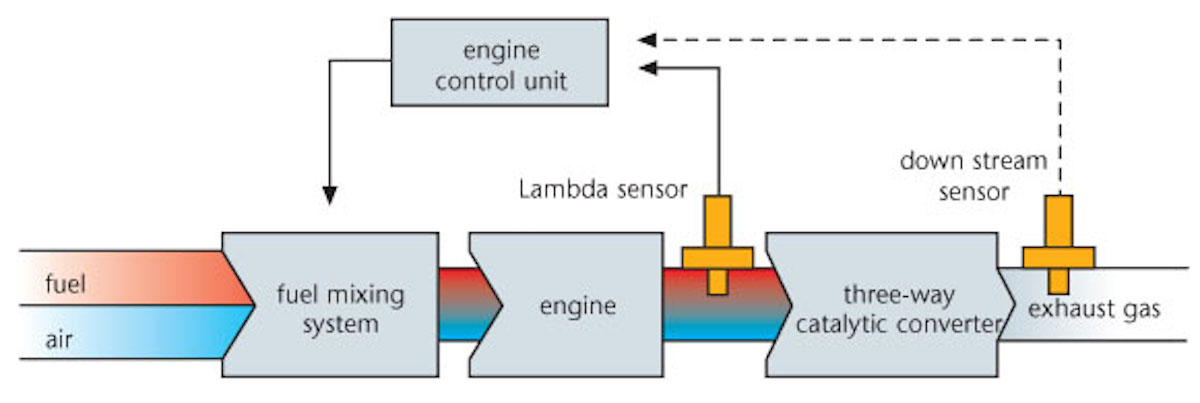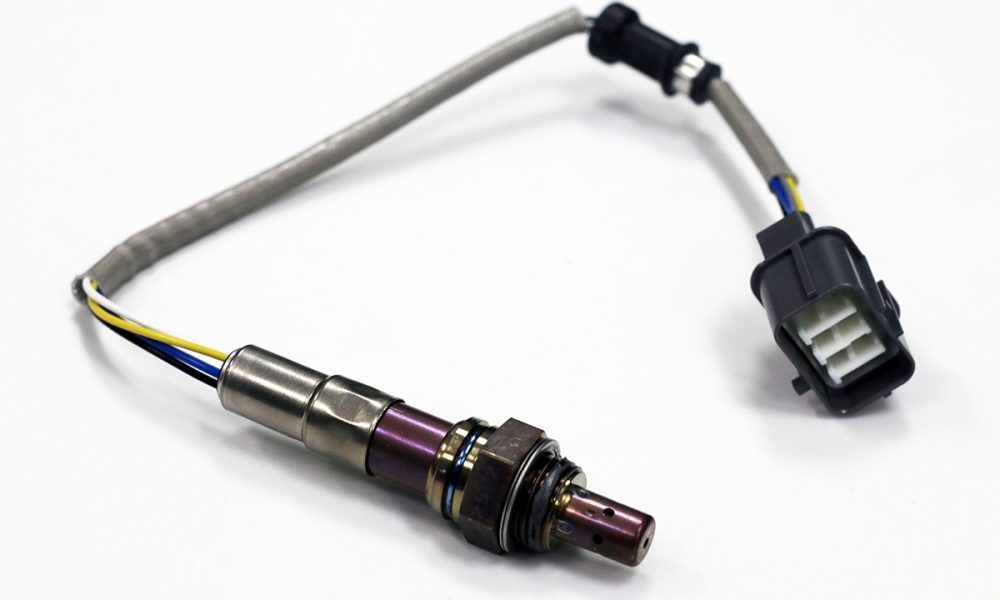The most popular method employed by vehicle manufacturers to reduce engine emissions is the 3 way catalyst. This apparatus has the power to take the 3 primary toxicity Gases produced by the engine that are carbon monoxide, oxides of nitrogen and hydrocarbons And turn them to considerably less harmful, non poisonous gases: CO2, water and nitrogen. To carry out this conversion of gases economically the catalyst should operate within a predetermined temperature range, but additionally Be fitted with exhaust gases which are within certain very tight tolerances dependant predominantly on air/fuel ratio. The precise control needed To operate this system is provided by the use of exhaust gas oxygen sensor installed upstream of the catalyst.

The Lambda sensor has the capability to exactly measure the air/fuel ratio present in exhaust gases. By sending a signal to the controller unit it may initiate a shift To maintain the fuelling system working inside the very tight tolerances required. This is called a closed loop control system. To further enhance control of exhaust emissions many vehicles produced after 2000 possess An additional Lambda sensor fitted flow of the catalyst down which monitors the operation of the catalyst itself.
Comments
0 comments
